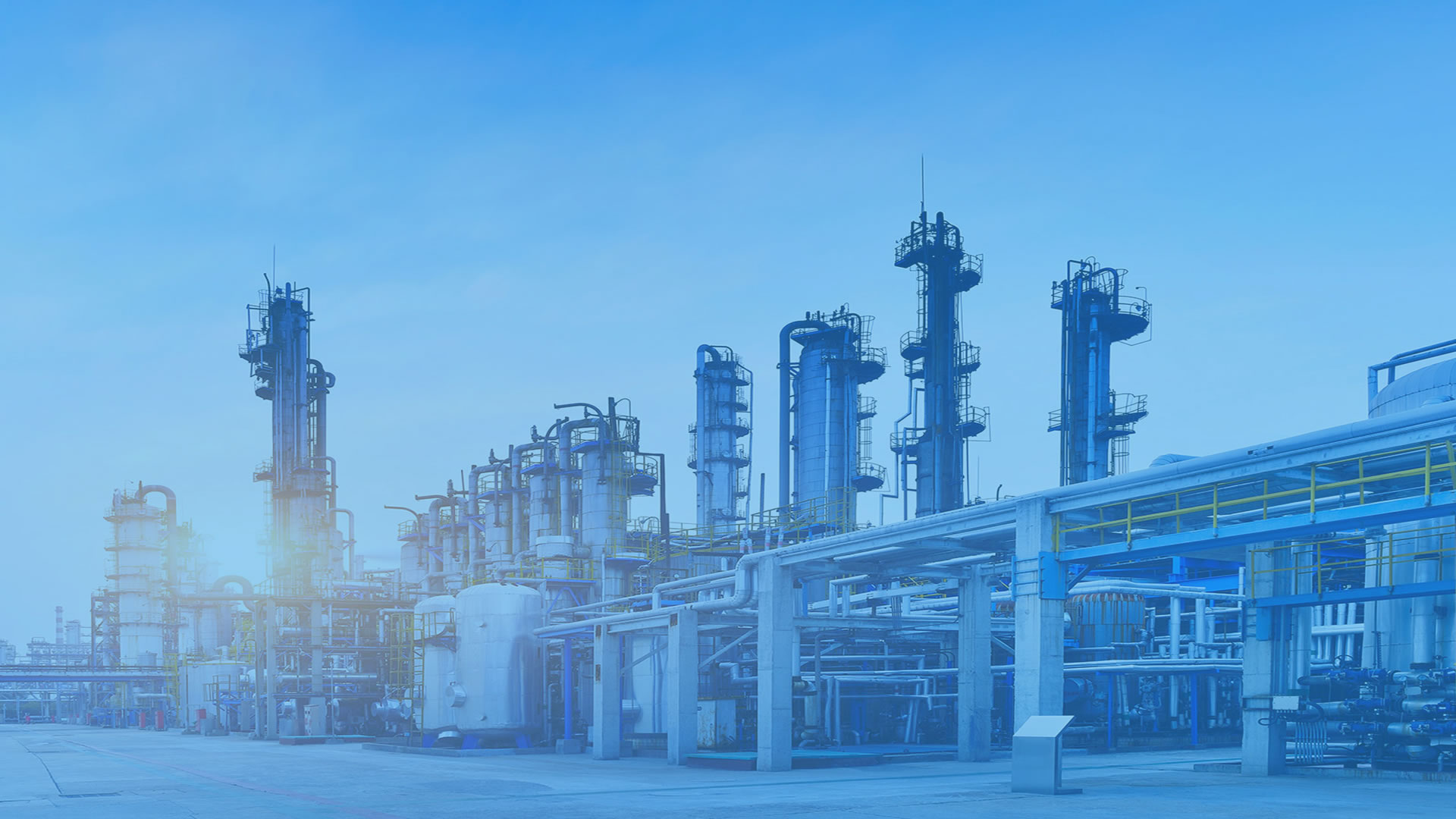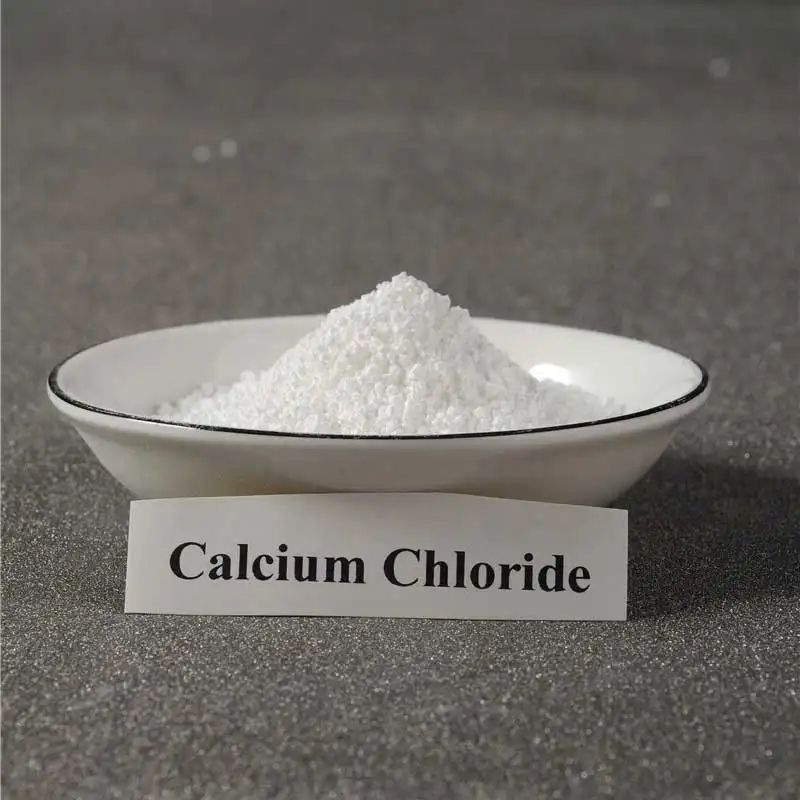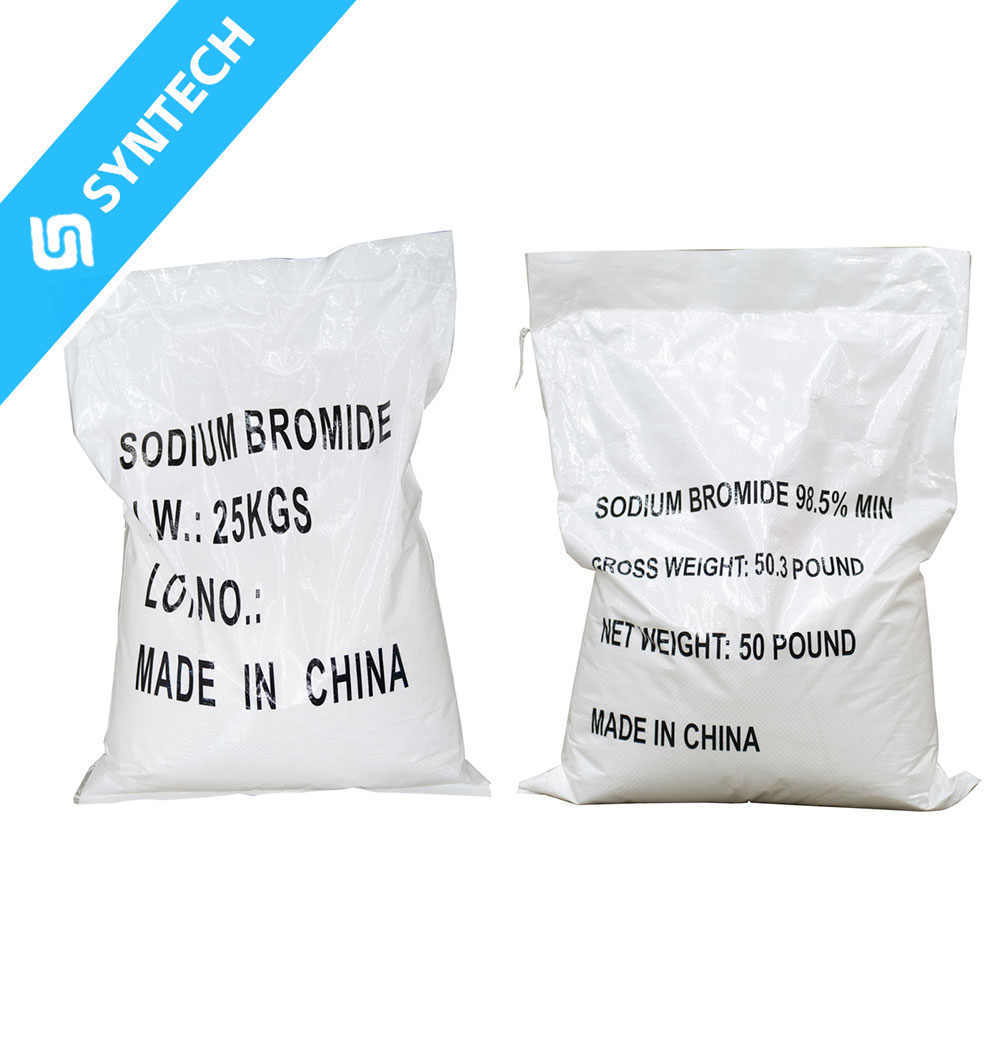1. Mechanism of Action
- Freezing Point Depression
- When dissolved in water, potassium formate (HCOOK) dissociates into K⁺ and HCOO⁻, disrupting hydrogen bonding in water and significantly lowering the solution’s freezing point (a 50% solution can reach -50°C), accelerating snow/ice melting.
- Compared to traditional sodium chloride (NaCl) deicers, potassium formate offers a much lower freezing point, making it suitable for extreme cold (e.g., below -30°C).
- Ice Structure Breakdown
- The solution penetrates ice/snow layers, weakening intermolecular bonds and making mechanical removal or natural melting easier.
- Eco-Friendly Degradation
- Potassium formate is biodegradable, breaking down into CO₂ and H₂O, while residual potassium (K⁺) acts as a plant nutrient, minimizing soil pollution.
2. Advantages
✅ Environmental Safety
- Chloride-free & Non-corrosive: Contains no Cl⁻, eliminating corrosion risks to concrete, steel, or vehicle undercarriages (corrosion rate is only 1/50 of NaCl).
- Biodegradable: Degradation products are non-toxic, with minimal impact on water/soil ecosystems.
✅ High Efficiency
- Melts snow/ice 5x faster than NaCl and 2x faster than alcohol-based deicers, with reduced refreezing risk.
✅ Safety
- Odorless (unlike acetate-based deicers) and harmless to humans, animals, and plants.
✅ Multifunctionality
- Doubles as a soil stabilizer and dust suppressant, ideal for sensitive areas like airports and bridges.
3. Disadvantages
❌ Higher Cost
- Pricier than traditional NaCl deicers, though lower application rates may offset long-term expenses.
❌ Hygroscopicity
- Prone to moisture absorption, requiring airtight storage to prevent clumping.
❌ Temperature Limit
- While effective in extreme cold, supplemental antifreeze measures may be needed below -50°C.
4. Applications
- Airport runways (e.g., TBEST-7 modified potassium formate deicer)
- Urban roads & bridges (reduces infrastructure corrosion)
- Ecologically sensitive zones (e.g., parks, water sources)
Conclusion: Potassium formate excels in environmental safety and efficiency. Despite its higher cost, its superior performance makes it an ideal alternative to chloride-based deicers, particularly for high-end applications and eco-sensitive regions.






